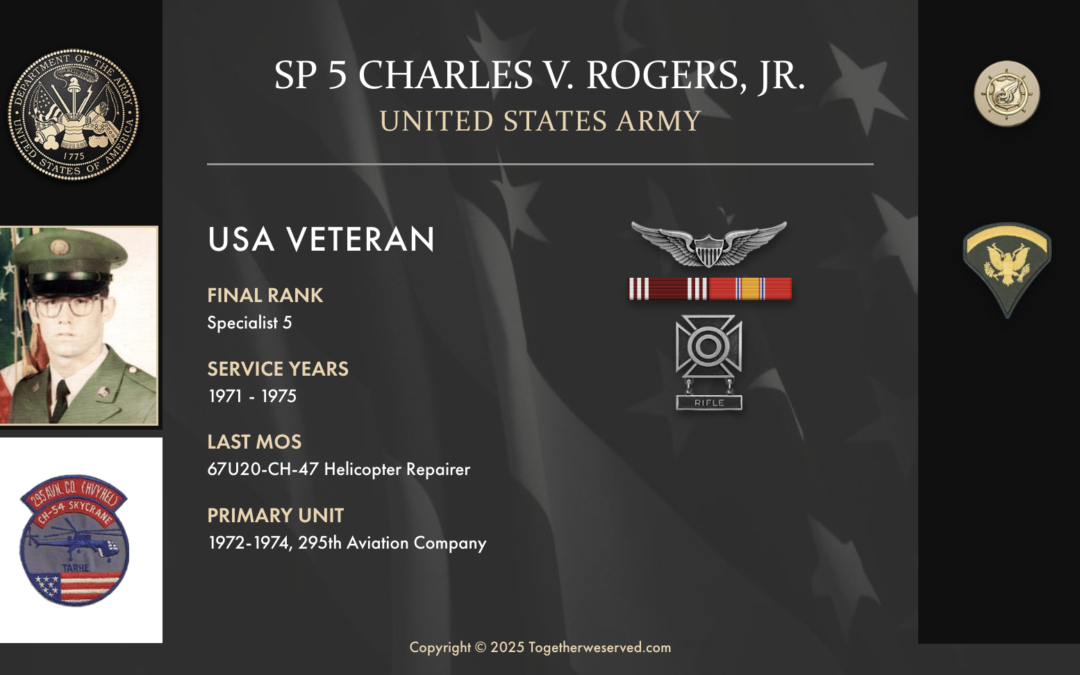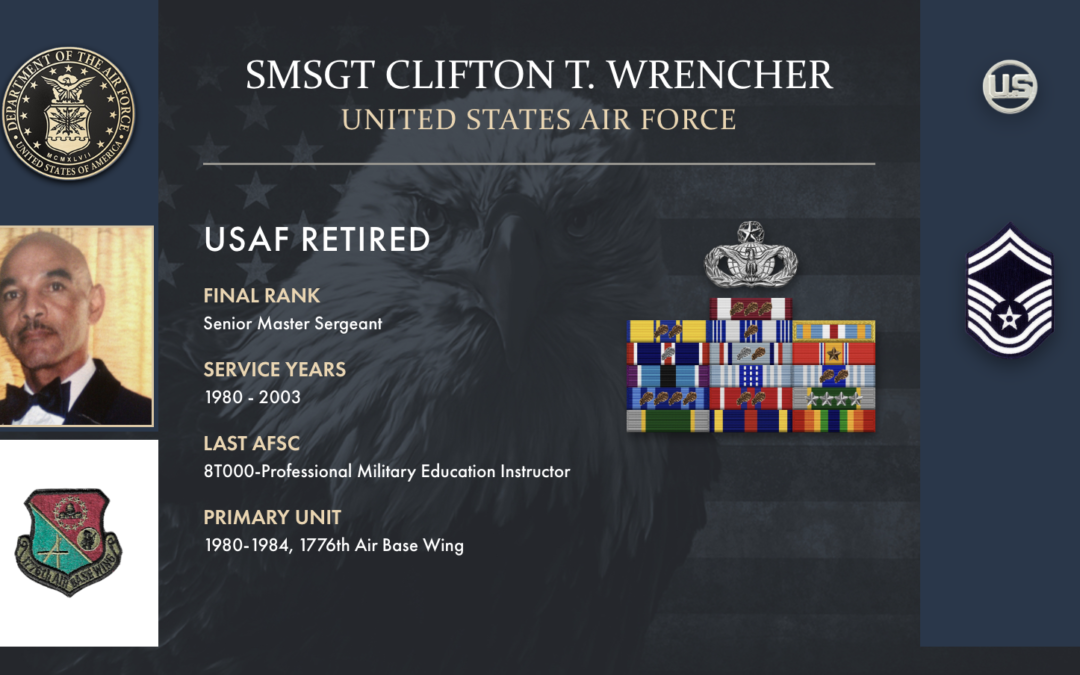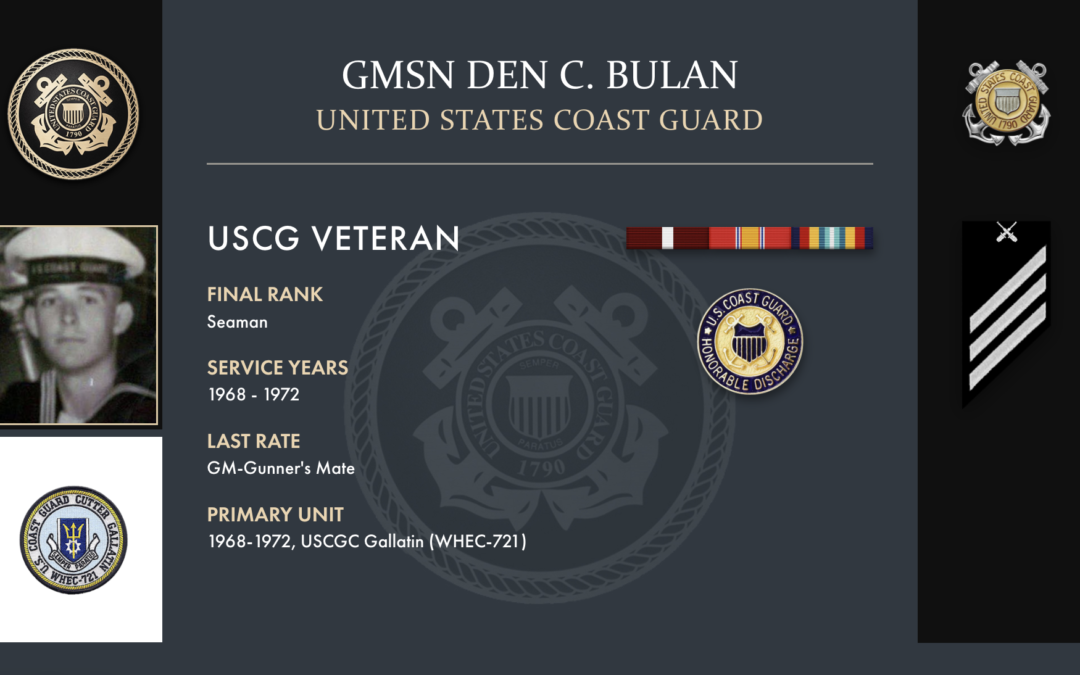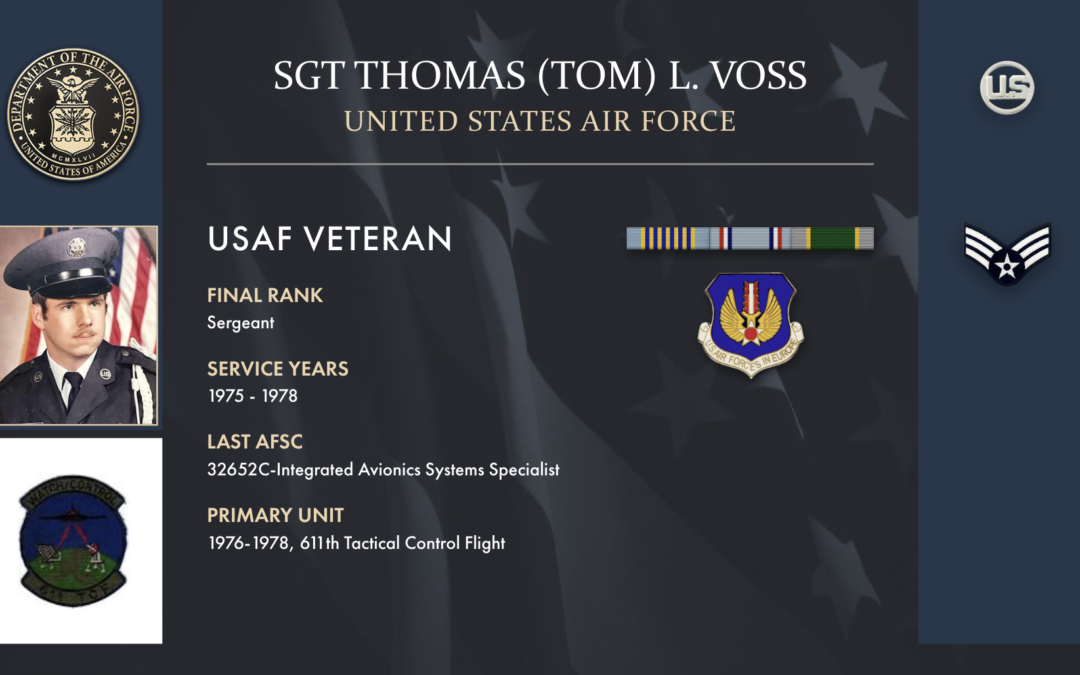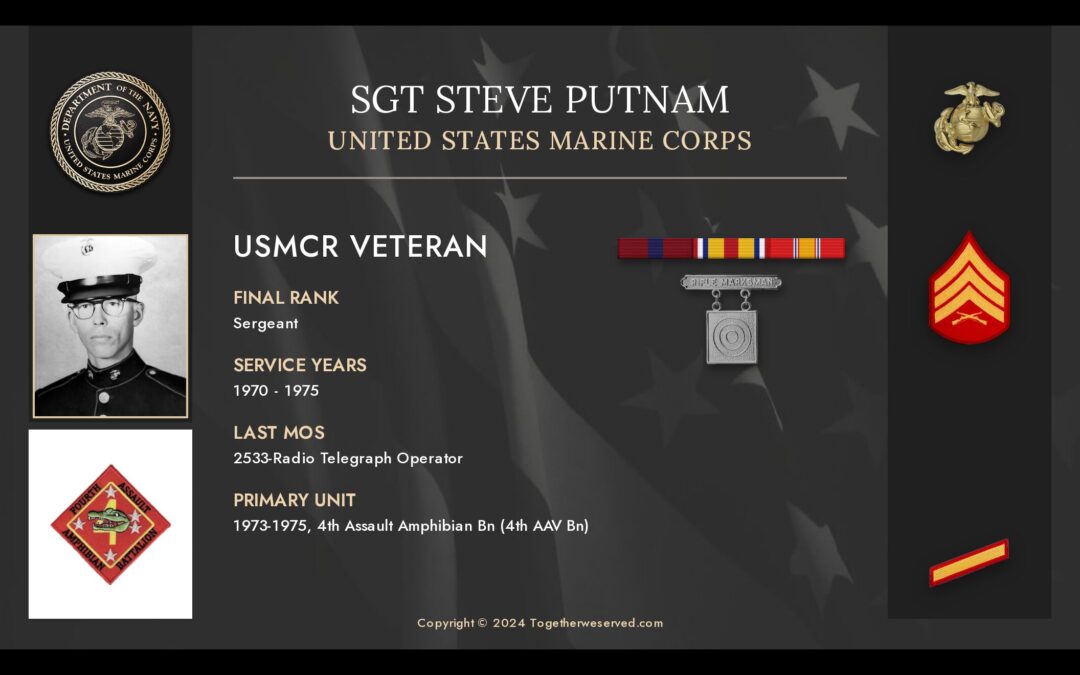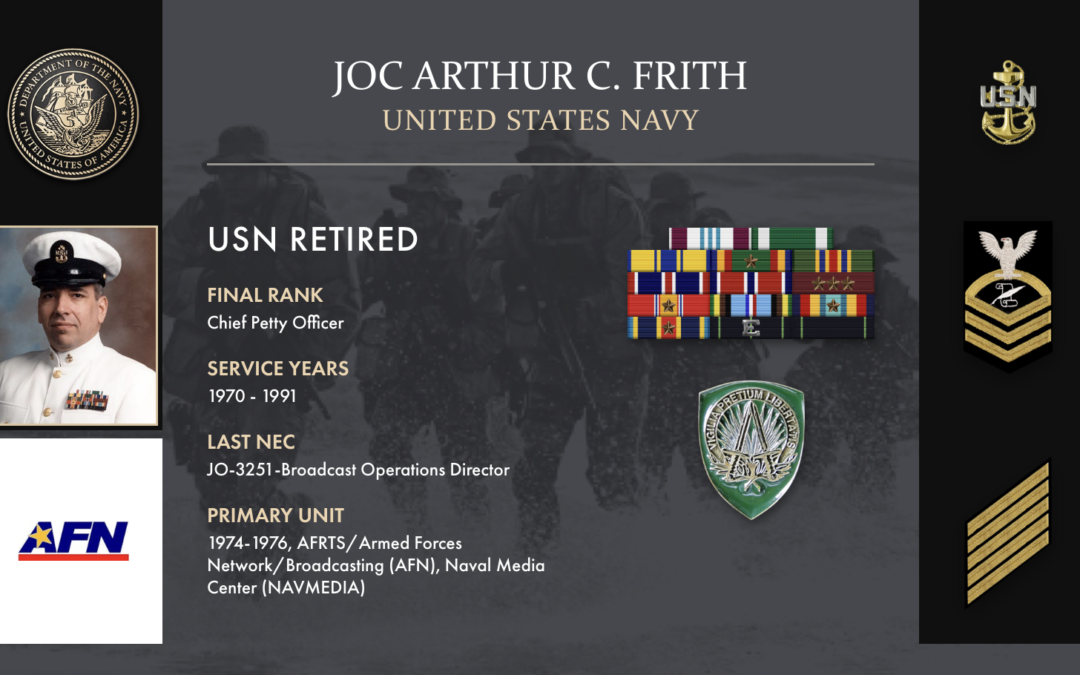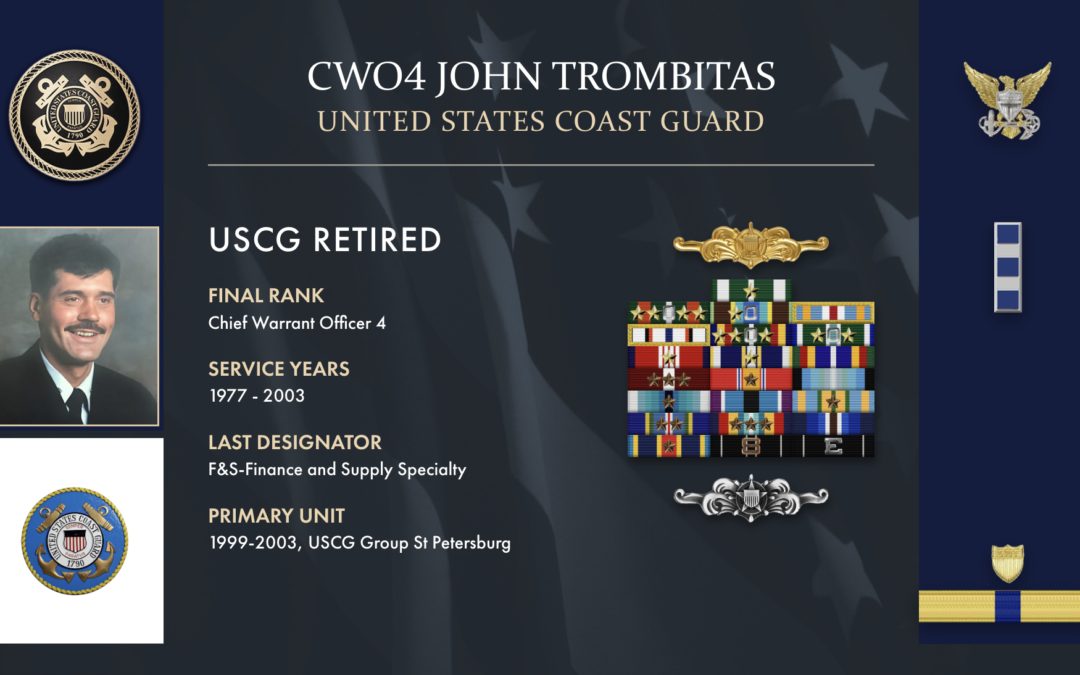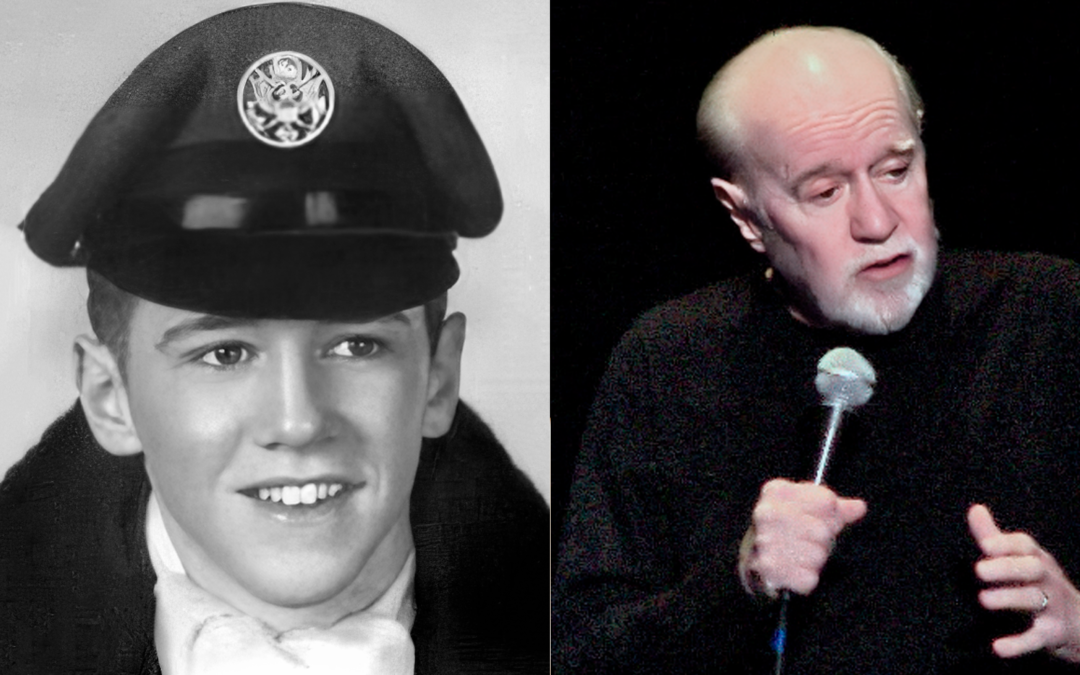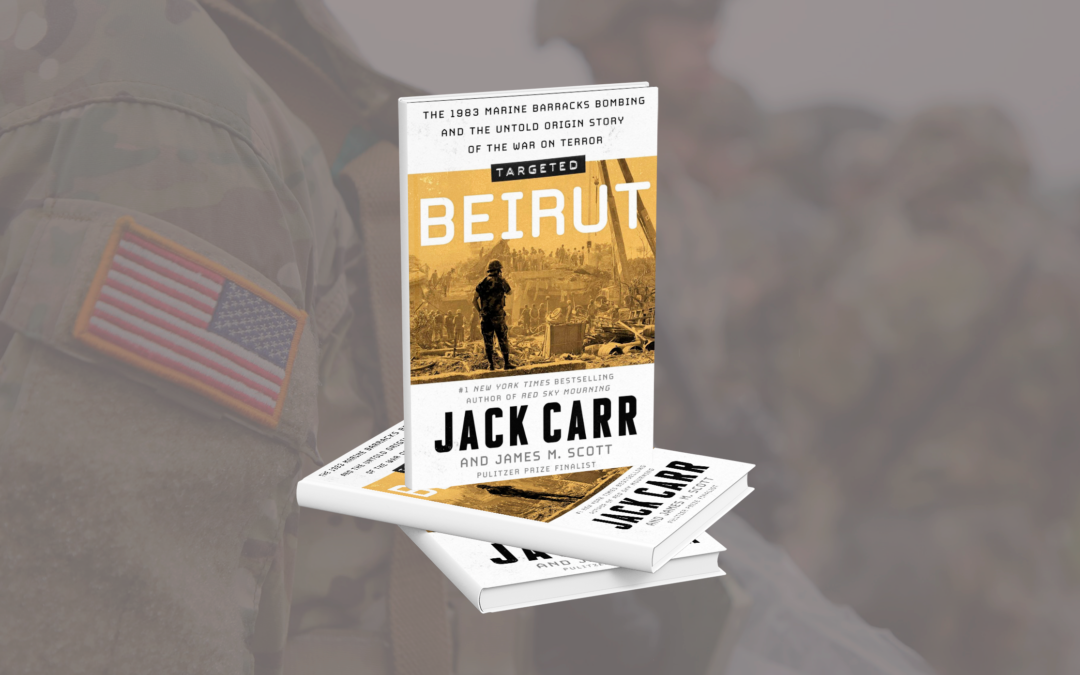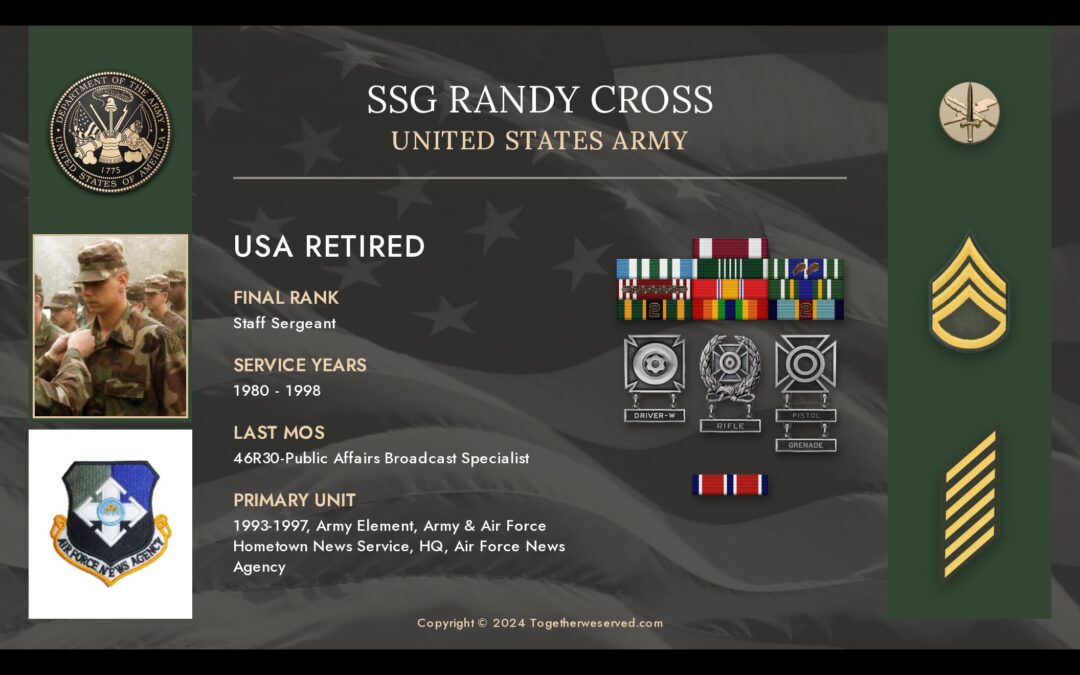Several things made me choose my military service. I guess it’s the old cliche? I wanted to serve my country, mainly because my Dad did during WWII. It was my birthday in 1971 that I decided to enlist. My draft number was up, so it would only be a matter of time. I went to the recruiter and signed up for the US Army on the delayed entry program. I think it was September 30, 1971. I wanted to fly, but wearing glasses was going to prevent me from doing that. I picked the Army because my Dad had served, and I didn’t want to go into the Navy, Air Force, or Marines. The Army offered the best chance because they might have lifted the restriction on glasses if things hadn’t changed. While I was at the AFESS, and we were being processed, a Marine Sergeant came out and pointed to me and several others and said we were now Marines. I tried to object, and thankfully, an Army Sergeant came out and said no, can’t have him, he’s RA. I looked at the Army and Air Force, and it seemed my best chance to do what I wanted while serving was to join the Army. If I couldn’t be a pilot, I might still be able to fly as a crew member. I worked in a car dealership and had mechanics down pretty well, so I figured I had a little jump in the aviation maintenance department.
